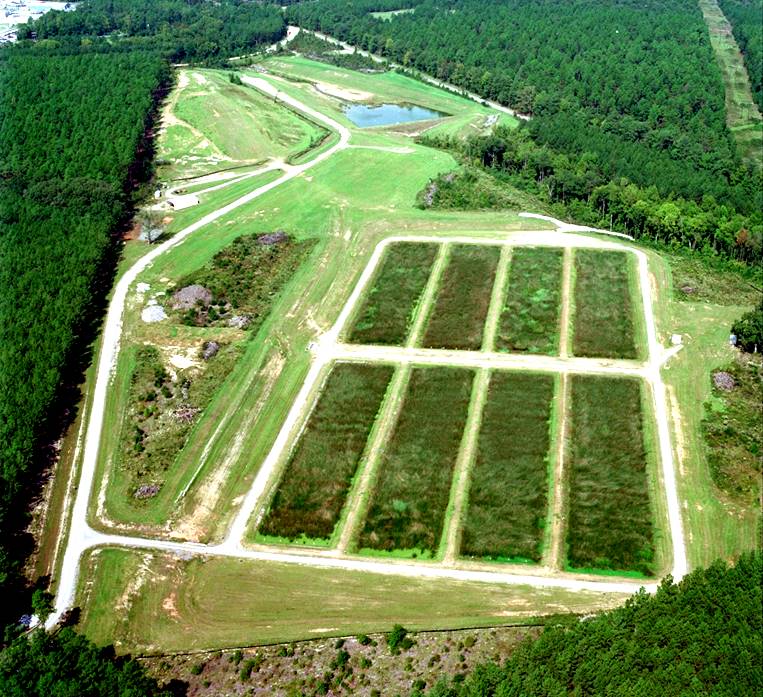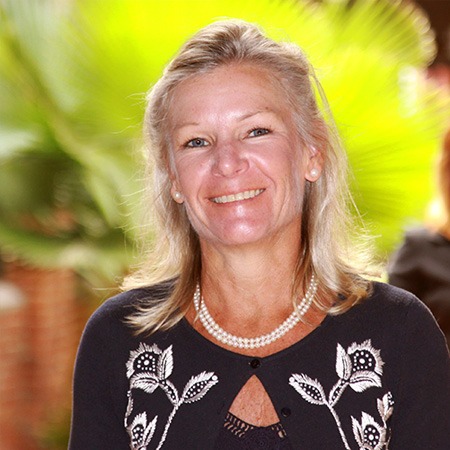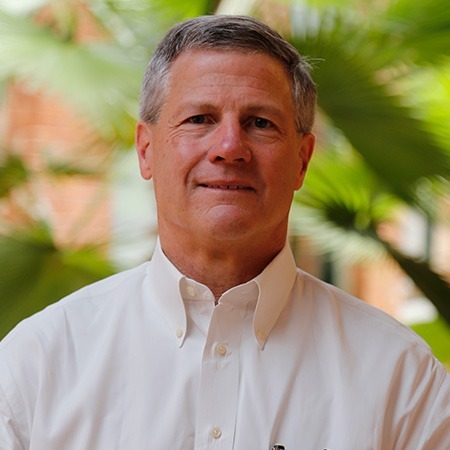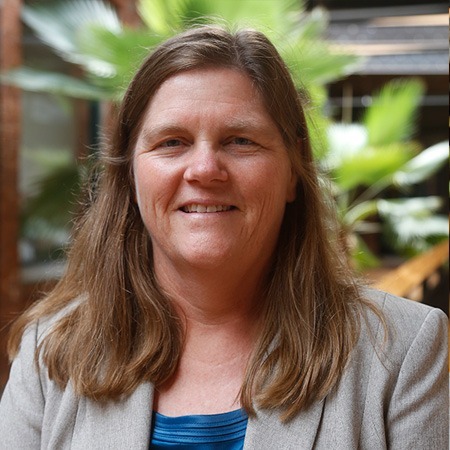Wetlands model has its roots in Clemson dissertation days
Posted May 14, 2018:

Dr. Matt Huddleston gave a presentation to scientists and researchers about the A-01 constructed wetland system he designed for the Savannah River Site in South Carolina.
Dr. Matt Huddleston was invited to present last month at the 12th International Symposium on Biogeochemistry of Wetlands. Matt’s paper, “Savannah River Site’s A-01 Constructed Wetland System: A Model for Sustainable Aquatic Risk Mitigation,” was among three days of technical presentations related to topics ranging from water quality improvement using wetlands to wetlands restoration. Matt was thrilled to be included in the symposium, where he engaged with Savannah River Site scientists and other top researchers in wetlands processes and ecosystem restoration.
Matt’s involvement with the A-01 constructed wetland in South Carolina goes back to his dissertation days at Clemson University, where, under his mentor Dr. John Rodgers, Matt developed the conceptual design of the A-01 system based on wetland mesocosm studies. That initial design helped inspire a multitude of research (from conceptual design to long-term operation) and provided the foundation for on-site successes that have been applied elsewhere. The A-01 constructed wetland system has received recognition from the U.S. Department of Energy (DOE) and U.S. Environmental Protection Agency Region 4 as a model application of sustainable technology. It’s a model that has helped save the U.S. DOE more than $60 million over the life of the system.
The conceptual design of the wetland treatment system at the SRS was developed from pilot mesocosm studies to identify key aspects of wetland function and performance. The pilot studies determined specific design parameters such as physical/chemical characteristics of hydrosoil, appropriate hydraulic retention time, and selection of wetland vegetation effective for metals attenuation. The full-scale constructed wetland system consists of eight 1-acre wetland cells planted with giant bulrush (Scirpus californicus) and is designed to treat 1 million gallons of water per day on average.
This success story started emerging in October 2000 when the constructed wetland treatment system began receiving a combination of storm water and wastewater. Prior to design and construction of the wetlands, the A-01 outfall contained copper and other metals at levels toxic to aquatic organisms. Since the wetland system came online 16 years ago, the A-01 outfall — which collects storm water and wastewater under permit by the National Pollutant Discharge Elimination System (NPDES) — has consistently achieved compliance for copper, mercury, and toxicity.





